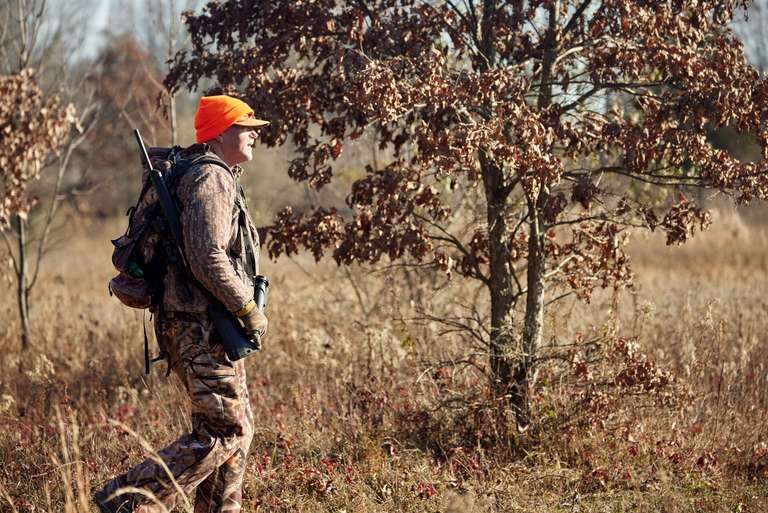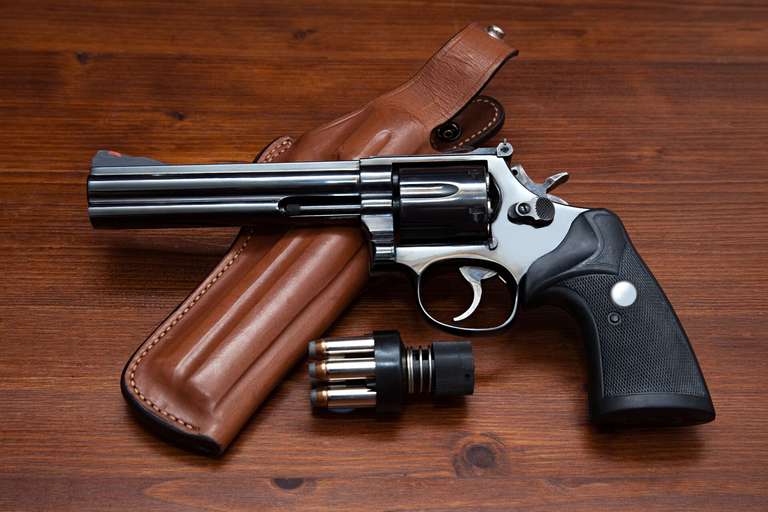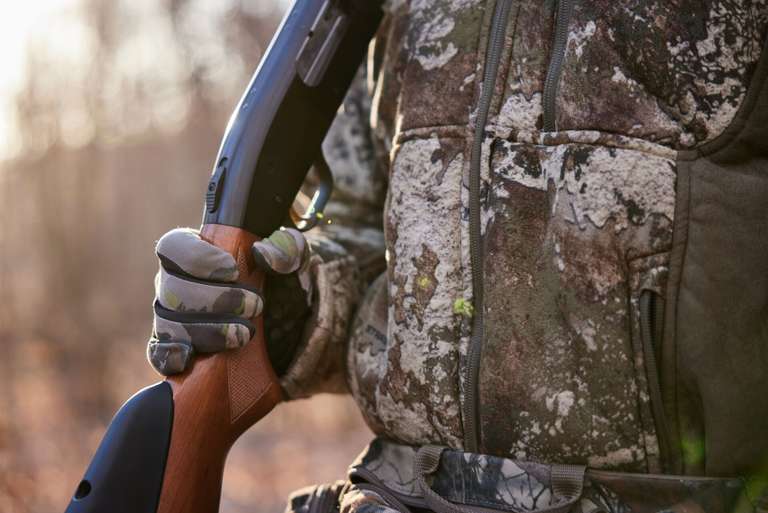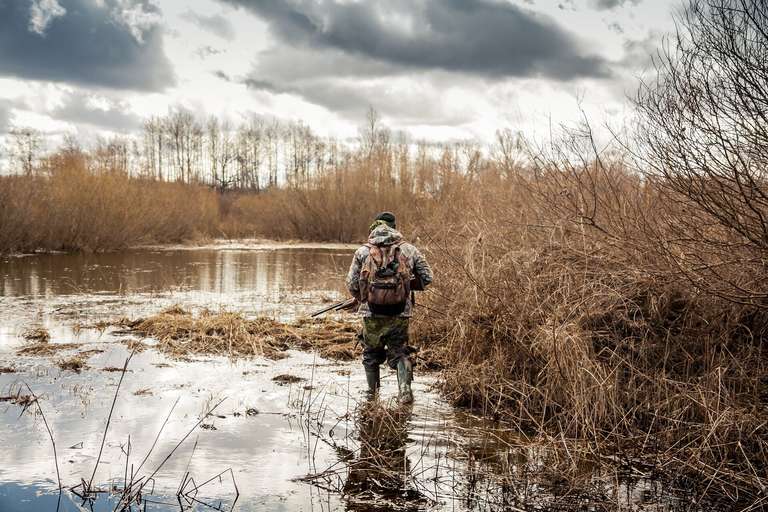What Are the Two Basic Styles of Firearm Actions?
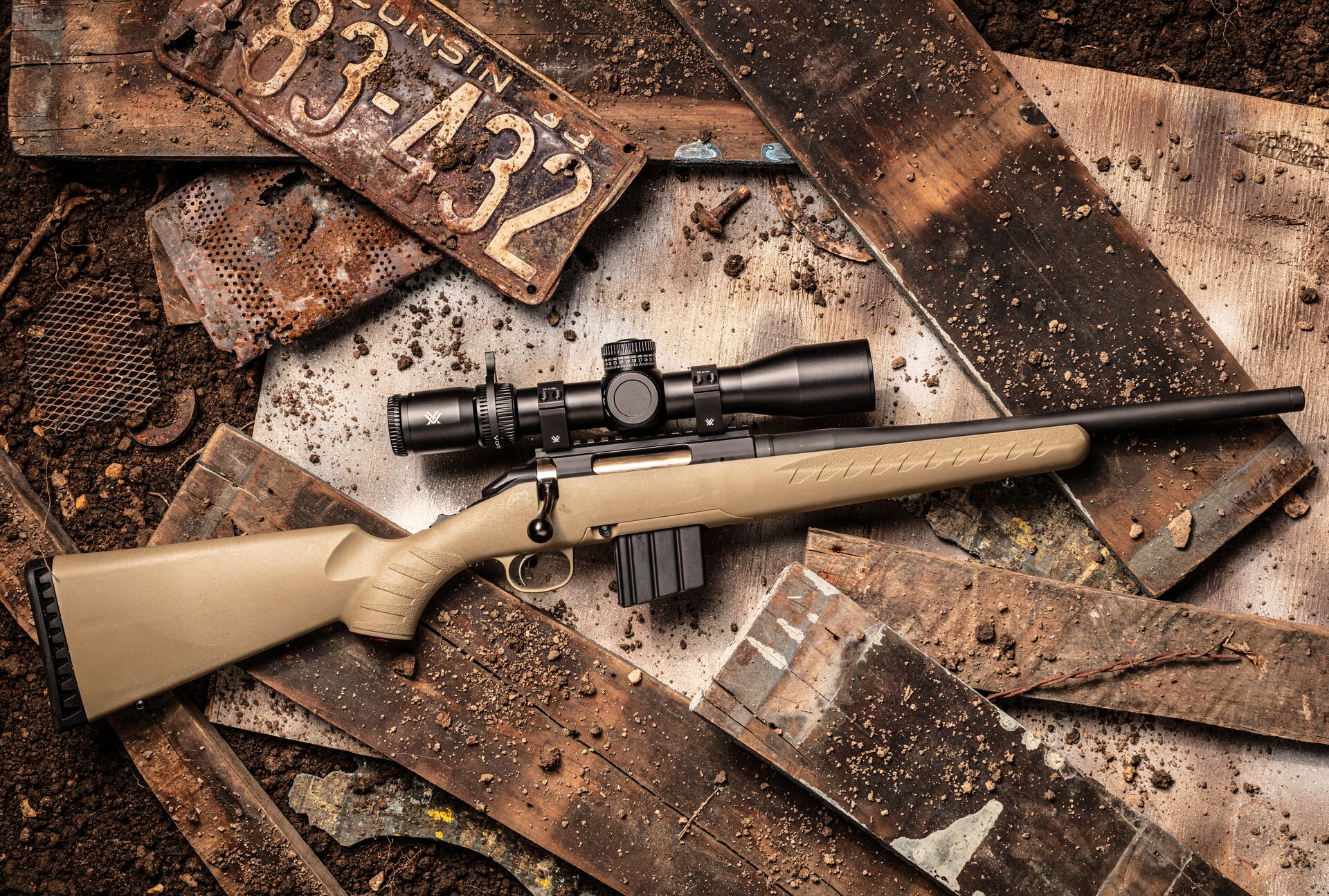
There's a reason many hunters are students of firearms. They are more than tools. They can be fascinating objects of engineering that have evolved over the past eight centuries.
So, what are the two basic styles of firearm actions that form the foundation of today's modern hunting weapons? Understanding the mechanics of your firearm is critical to effectively hunting with and troubleshooting your gun in the field.
Firearm actions are the central component of the weapon and have the function of loading, firing, and ejecting cartridges. In this resource, we'll explore how each works and how they might be used in different hunting scenarios.
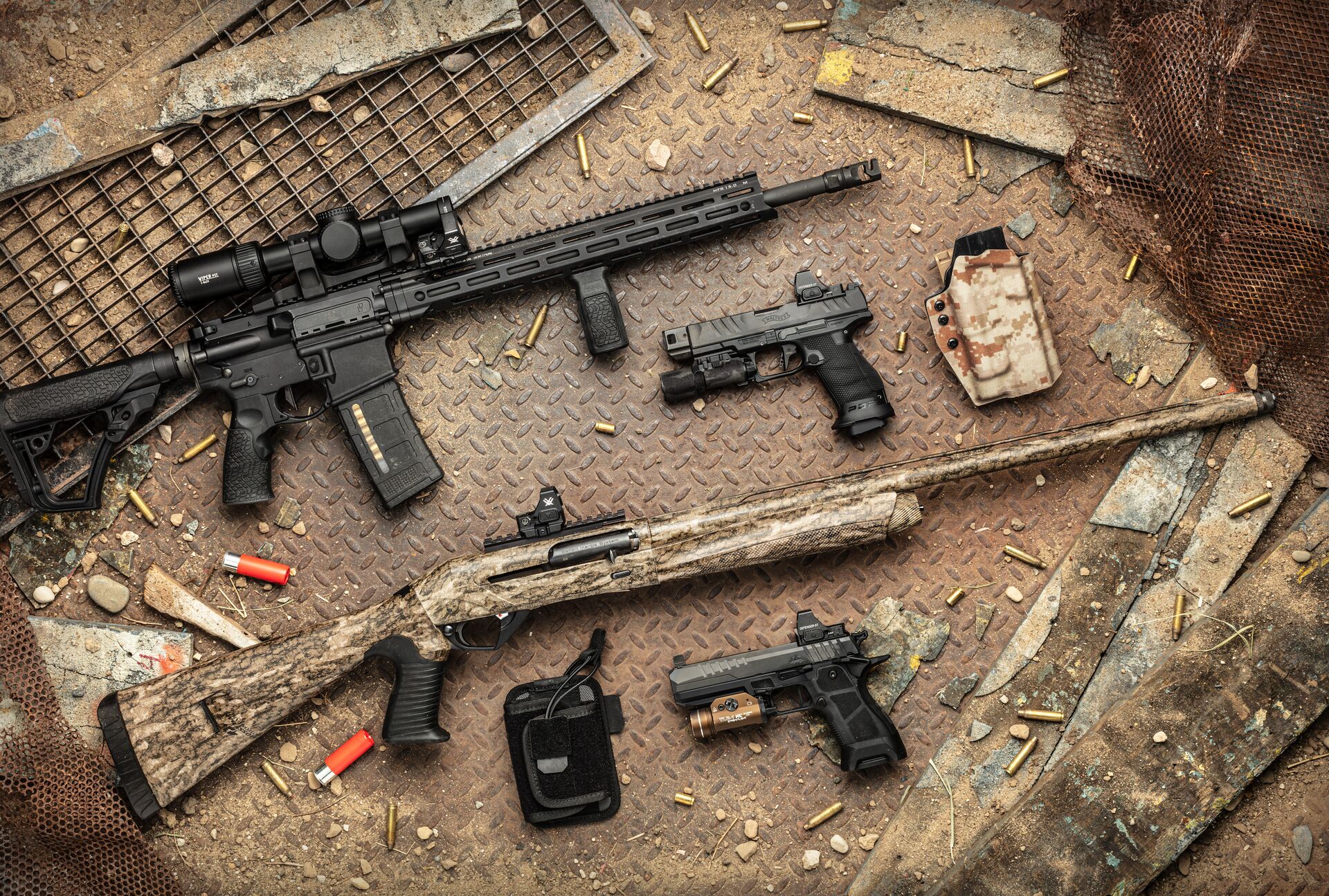
What Are the Two Basic Styles of Firearm Actions?
The action is the foundation of any rifle, shotgun, or pistol. There are two overarching types of firearm actions: manual and semi-automatic.
Manual Actions
Manual actions are designed for the shooter to manipulate the weapon to load a new round and eject a fired round after each shot.
Types of manual actions include bolt, lever, pump, and break-action mechanisms. Hunters tend to favor manual action firearms for their simplicity, reliability, and accuracy.
Semi-Automatic Actions
Semi-automatic actions rely on the kinetic energy created by a fired cartridge to eject a spent casing and quickly load a new cartridge into the chamber. Hunters use semi-automatic actions when they need quick follow-up shots.
Each action type has its pros and cons in the field. Let's take a closer look at each type in more detail and how a specific action might work with your particular hunting style and strategy.
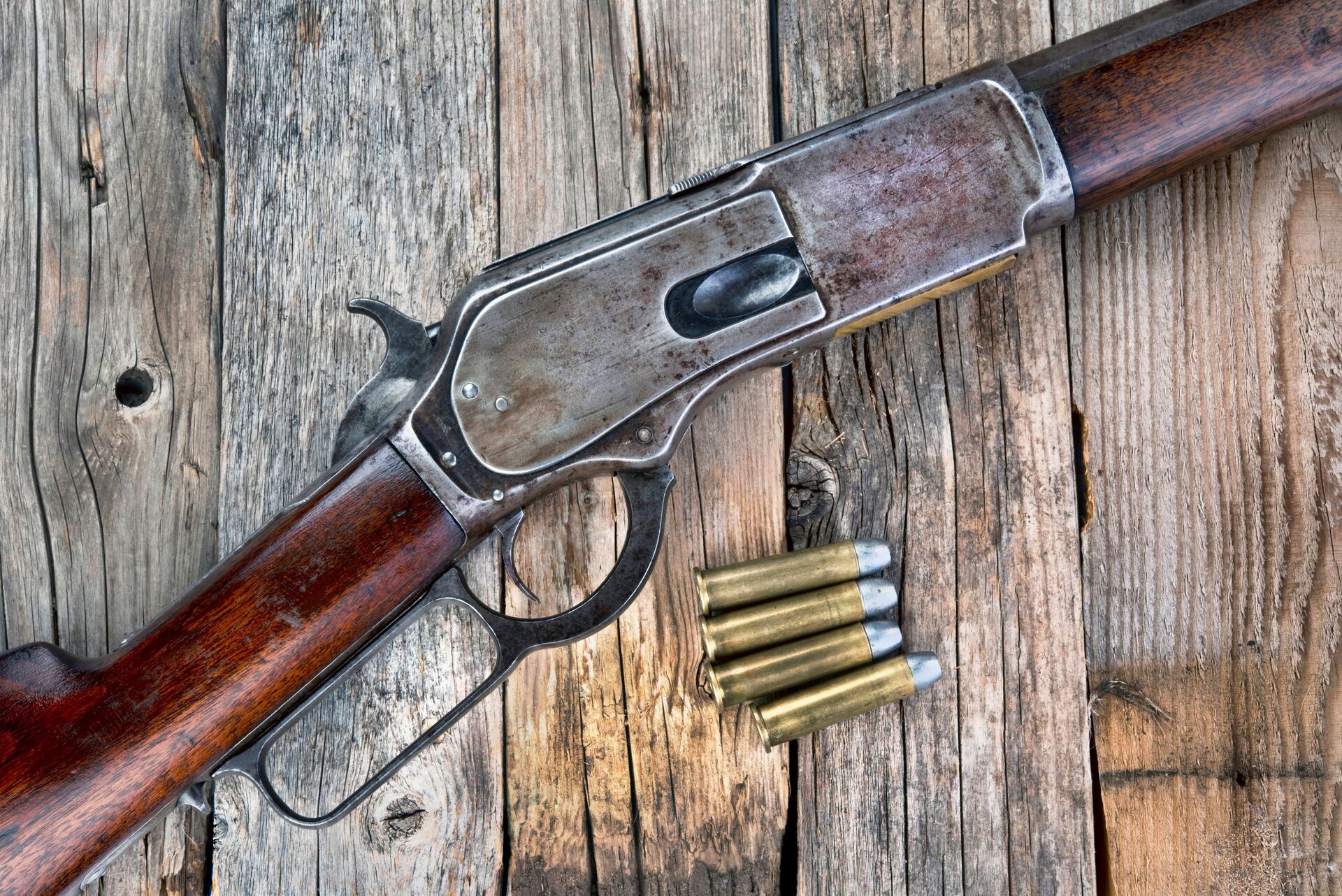
What to Know About Manual Firearm Actions
There are several types of manual actions for firearms. Each uses a different mechanism to load and unload the firearm.
Bolt Action
Hunters favor bolt-action rifles because fewer moving parts improve accuracy, durability, and simplicity. Some hunters even prefer using bolt-action shotguns for the same reasons.
A bolt action weapon is operated by:
- Lifting the bolt handle up and to the rear
- Pulling the bolt handle back to eject the spent cartridge
- Pushing the bolt forward to chamber a new round
- Lowering the bolt handle to lock it in place, securing the round in the chamber
Lever Action
Anyone who's seen a Western knows the classic lever action rifle. The lever is a large metal rectangle behind the trigger that also serves as the trigger guard. Lever actions are popular for their relatively rapid-fire capabilities.
A lever action weapon is operated by:
- Pushing the lever downward and forward to open the action, cock the hammer, and eject the spent cartridge
- Raising the lever to cycle a new cartridge into the chamber
Pump Action
Pump-action firearms, typically found in shotguns and older rimfire rifles, use a sliding wood or synthetic forearm to cycle the action. Hunters prefer pump actions for their versatility and reliability, especially for upland and waterfowl hunting.
A pump action firearm is operated by:
- Pulling the forearm rearward to eject the spent cartridge
- Pushing the forearm forward to chamber a new cartridge
Break Action
Break-action firearms have a single-shot mechanism. A hinged barrel breaks open to expose the breech for manual loading and unloading. Break actions are commonly seen in over/under and side-by-side shotguns.
A break-action firearm is operated by:
- Pushing a receiver-mounted lever to the side to unlock the barrel
- Pivoting the barrel downward to expose the breech
- Removing the spent cartridges by hand if they are not ejected
- Manually inserting a new cartridge in the breech
- Pivoting the barrel upward to lock the action
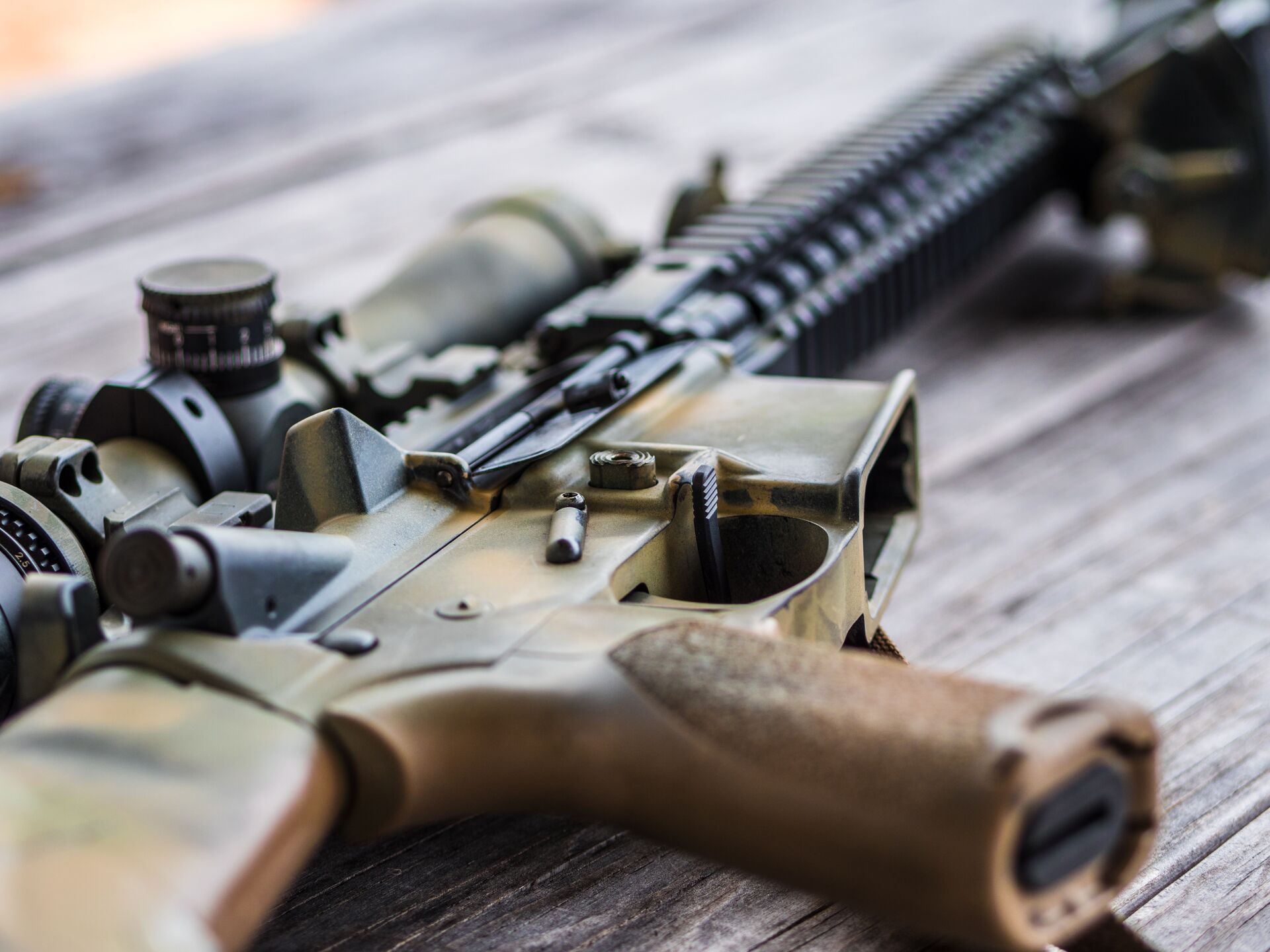
What to Know About Semi-Automatic Firearm Actions
Semi-automatic actions eject the spent cartridge and load a new cartridge with each trigger press. Once the first round is chambered, the shooter does not need to manipulate anything else.
Here's how a semi-automatic action works:
- When the trigger is pressed, the round fires
- Blowback energy, or recoil, from the fired round pushes the bolt to the rear, ejecting the fired cartridge
- The bolt slides forward, loading a new round into the chamber, making the firearm immediately ready for the next shot
Hunters find that semi-automatic actions offer several advantages for small game and waterfowl hunting. These include faster follow-up shots and less felt recoil due to the energy lost to cycling the action.
Pros and Cons of Each Action Style
So, which of the two basic styles of firearm actions are best for your hunting style and needs? It depends! Here's what to consider.
Manual Actions
While manual actions have proven to be reliable, simple, and precise, they are not ideal for every hunting situation.
Pros:
- Typically more reliable in cold, wet, or sandy conditions
- More precise for long-range shooting
- Easier to clean, troubleshoot, and maintain
Cons:
- Takes practice to operate the bolt smoothly and quickly
- Significantly slower rate of fire
Semi-Automatic Actions
Semi-automatic firearms offer hunters a rapid rate of fire. However, more moving parts that rely on recoil energy to operate can be prone to malfunction.
Pros:
- Faster rate of fire
- Lighter felt recoil
- Less manipulation by the shooter reduces fatigue
Cons:
- More moving parts that can wear out over time
- Require more extensive maintenance and cleaning
- Prone to malfunctions like failure to extract the fired round and failure to fully cycle to load a new round
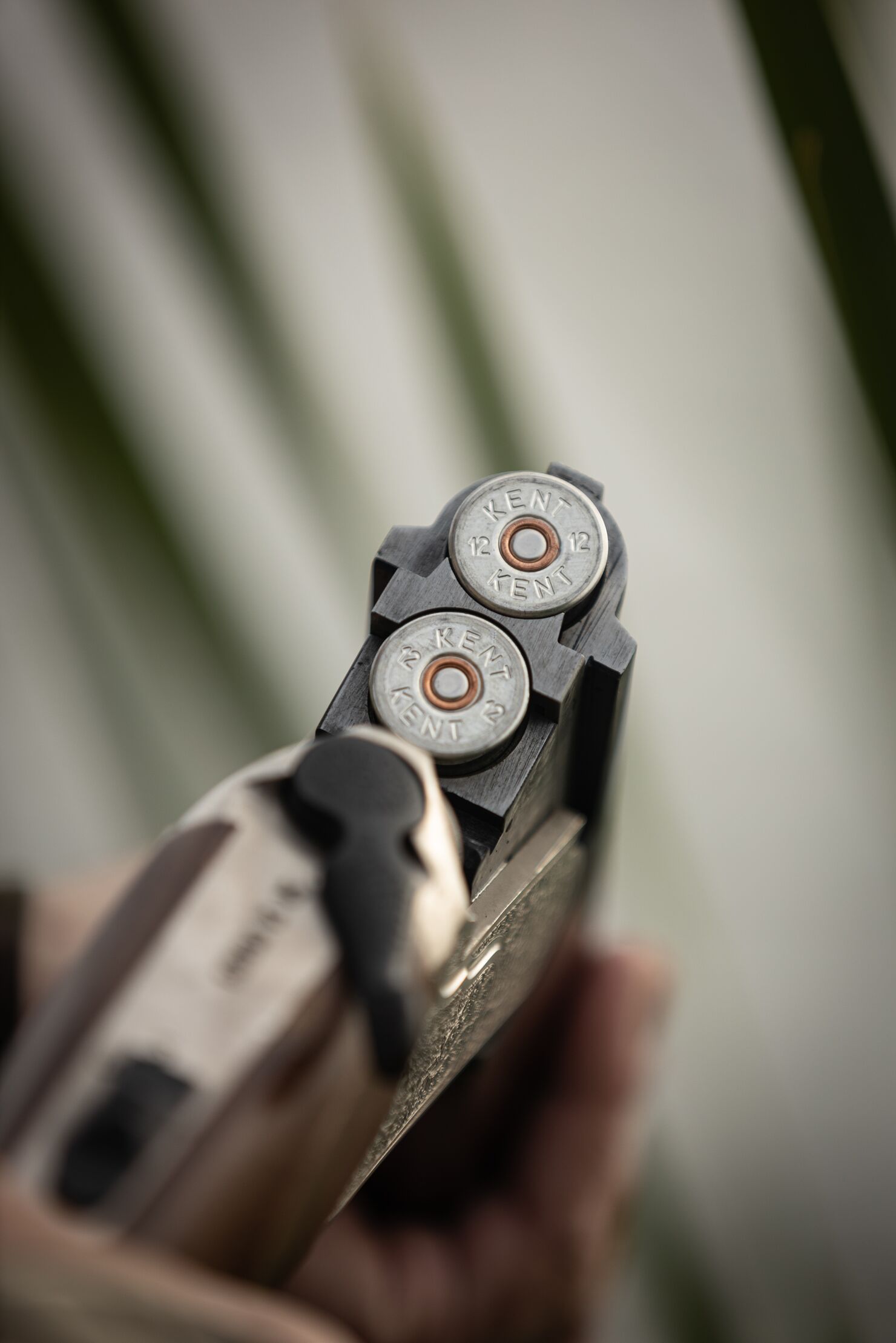
Choosing the Right Action for Your Hunt
Selecting which type of action is right for your hunting needs depends on several considerations.
Quarry: If you're hunting big game that requires precise, long-range shooting, a bolt action might be your best bet. However, a semi-automatic action could be extremely helpful if you're hunting fast-moving, smaller game like rabbits and birds.
Terrain: In dense foliage where quick target acquisition and follow-up shots may be necessary, a lever-action or pump-action will give you the right combination of speed and accuracy. Additionally, lever-action rifles are flatter and shorter, offering maneuverability in thick cover.
Personal Preference: Based on body mechanics and shooting style, some hunters prefer the feel, reliability, accuracy, and ease of operation of one action over another.
Legal Considerations
Among the many hunting regulations you must follow, there are always local laws and state game regulations that could impact the type of action you can use in the field. These restrictions typically tend to affect semi-automatic firearms.
Currently, Pennsylvania and Delaware prohibit the use of semi-automatic weapons for hunting and regulations may vary by state and sometimes by hunting season or even the species you're hunting. Always check your local hunting regulations before going into the field.
Focus on Firearm Safety
Regardless of your chosen action type, be familiar with how your firearm operates and how to load and unload it safely.
As always, prioritize the universal firearm safety rules:
- Always treat every firearm as if it's loaded
- Keep your finger off the trigger until ready to shoot
- Be sure of your target and what's in front of and behind it
- Never point the muzzle at anything you are not willing to shoot
Safety must be a priority, no matter which type of firearm you use for a hunt!
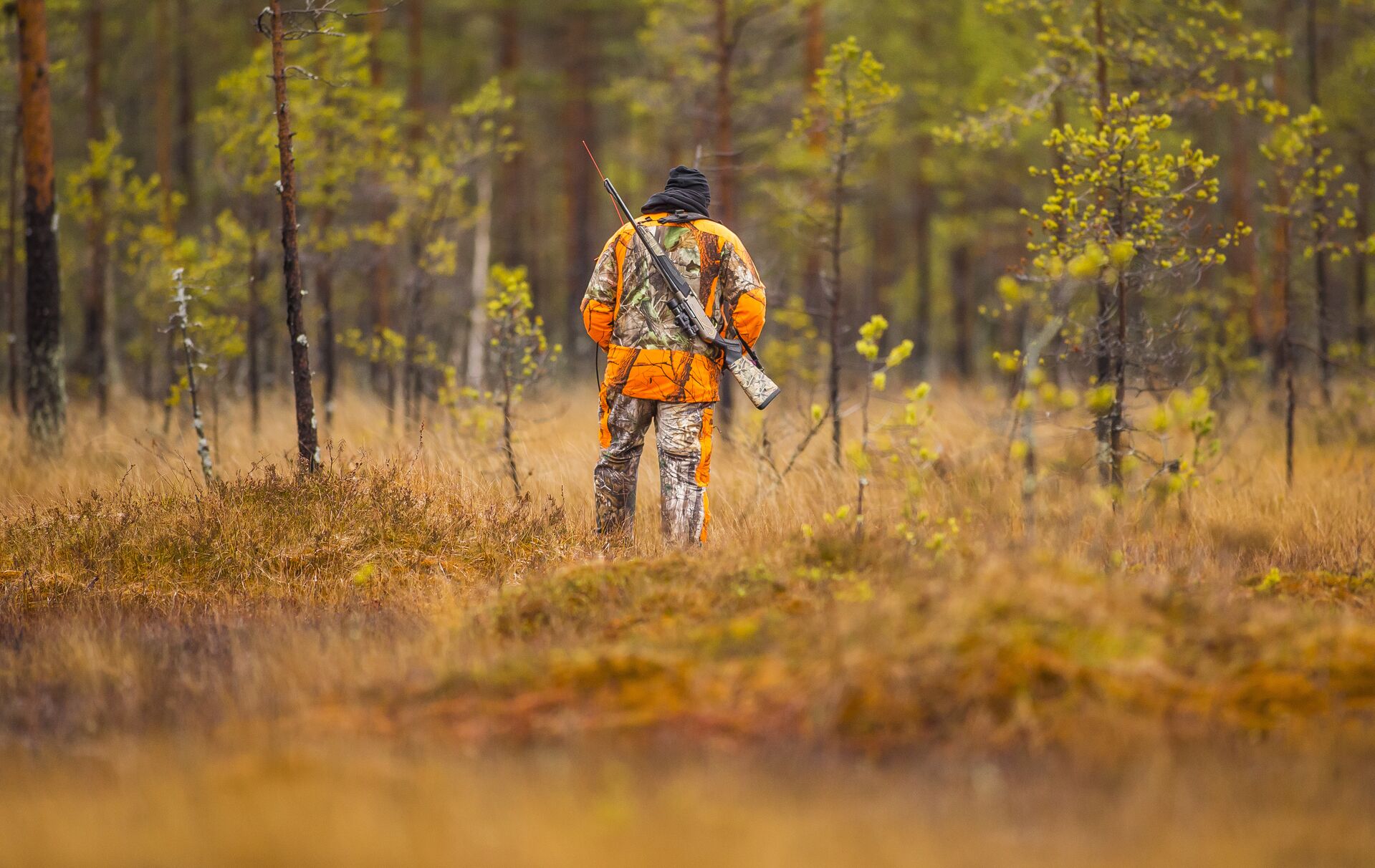
Learn More About Firearm Actions and Safety With ilearntohunt
Every hunter should understand the two basic styles of firearm actions — manual and semi-automatic — to help them select the right tool for the job.
As you've just read, each type of action has its different strengths and disadvantages in operation, maintenance, and hunting scenarios.
Gaining more hands-on experience with each type of action will help you better understand which will work best for you based on your hunting style and the game you pursue.
In addition to hands-on experience, consider expanding your knowledge base with a comprehensive hunter safety course. ilearntohunt provides online, gamified, and state-specific courses to help you become a more knowledgeable, successful, and safe hunter. It's a fun way to learn before getting out in the field for your next hunt!
Choose the course for your state and start learning.

